New Books on Singapore History
8½ Hours in Singapore: Late 19th-century Perspectives of the Island through Kubota Beisen’s Woodblock Prints
By Jeslynn Teo
Lee Kong Chian Natural History Museum (2024), 238 pages
Call no.: RSING 761 TEO
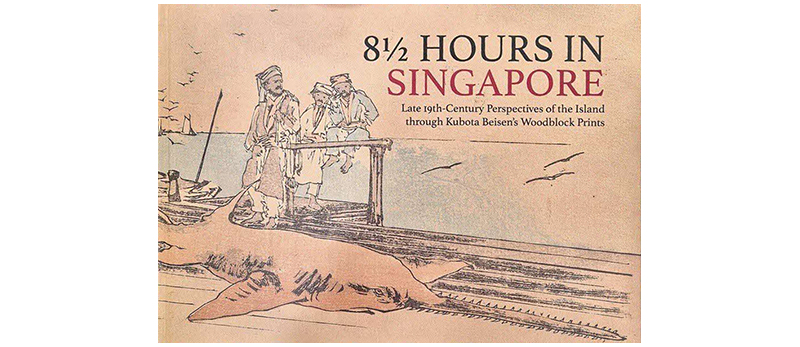
During his fleeting eight-and-a-half hours in Singapore, Kubota Beisen, a renowned Japanese artist from the Meiji period, produced 12 woodblock prints that capture scenes of wildlife and the people of Singapore. These present a glimpse of the island’s cultural, historical and environmental landscapes at the turn of the century.
Batik: Makers and Wearers
By Lee Chor Lin, Amalinda Savirani, Anne Goh, Azhar Ibrahim, Margaret Sullivan and Muhammad Faisal Husni
Asian Civilisations Museum (2024), 460 pages
Call no.: RSING 746.662 LEE
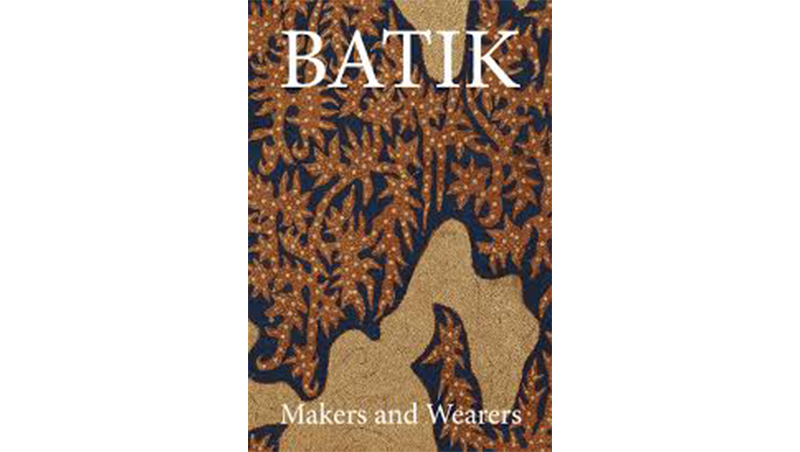
Batik: Makers and Wearers explores the rich history and culture of batik and batik making, from its traditional roots to contemporary designs. Besides batik innovations, textile scholars also examine how batik charts the evolution of new identities in Indonesia, Malaysia and Singapore.
Enigmas: Tay Seow Huah, My Father, Singapore’s Pioneer Spy Chief
By Simon Tay
Landmark Books (2024), 360 pages
Call no.: RSING 327.12092 TAY

The memoir explores the life and legacy of Tay Seow Huah, Singapore’s first director of the Security and Intelligence Division, including his role during events like the Laju incident and his contributions to national security.
From Streets to Stalls: The History and Evolution of Hawking and Hawker Centres in Singapore
By Ryan Kueh
World Scientific Publishing (2024), 174 pages
Call no.: RSING 381.18095957 KUE
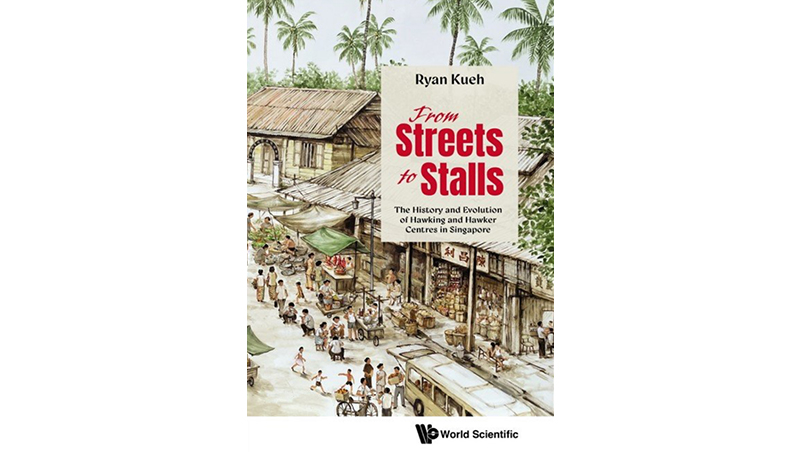
From Streets to Stalls traces the history of hawking in Singapore, from its origins in the 9th century to its present-day sociocultural importance. It also delves into hawker reform and regulation, and the transformation of hawker centres into spaces that promote social mingling and multiculturalism.
Keramat, Sacred Relics and Forbidden Idols in Singapore
By William L. Gibson
Routledge (2025), 230 pages
Call no.: RSING 63.69095957 GIB
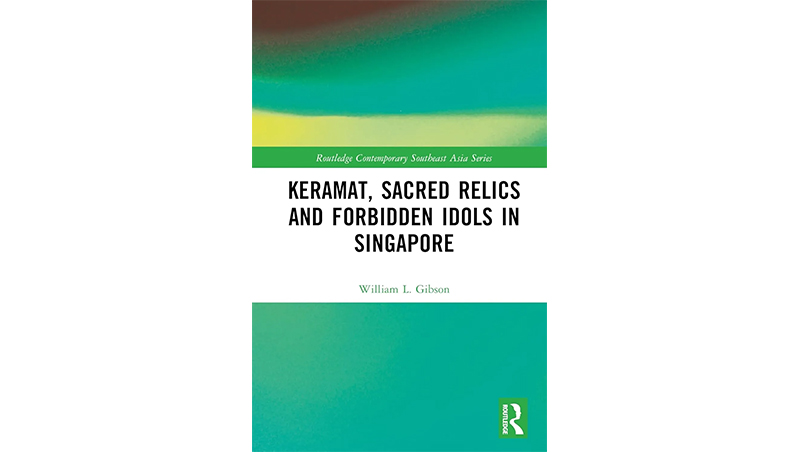
William L. Gibson examines how keramat – holy graves and shrines – serve as physical markers of cultural identity and collective memory, intertwining local beliefs with broader religious practices. Gibson highlights the complexities surrounding these relics, including the often tense relationship between keramat and authority, both secular and religious, from colonial to modern times.
Tapping Words, Bridging Cultures: Memoir of Yang Quee Yee
By Yang Quee Yee
Pagesetters Services (2024), 464 pages
From PublicationSG
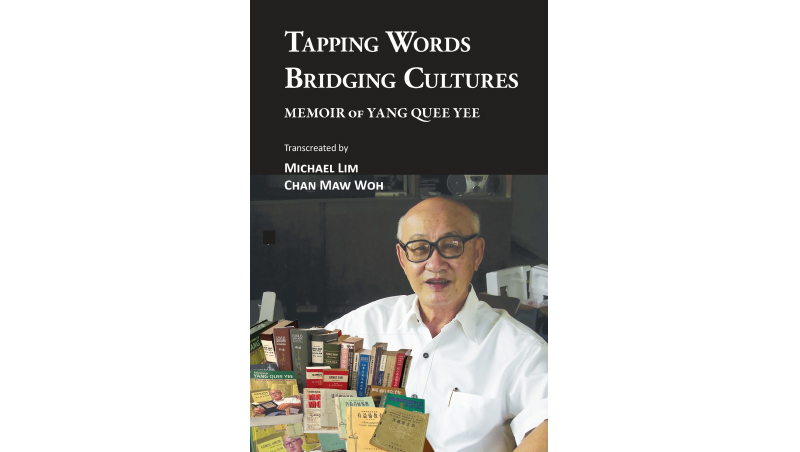
Yang Quee Yee has been acknowledged as the expert in compiling Malay-Chinese dictionaries. His memoir provides a historical perspective of British colonial rule in Malaya and Singapore. This English edition is based on the 2021 Chinese edition.

